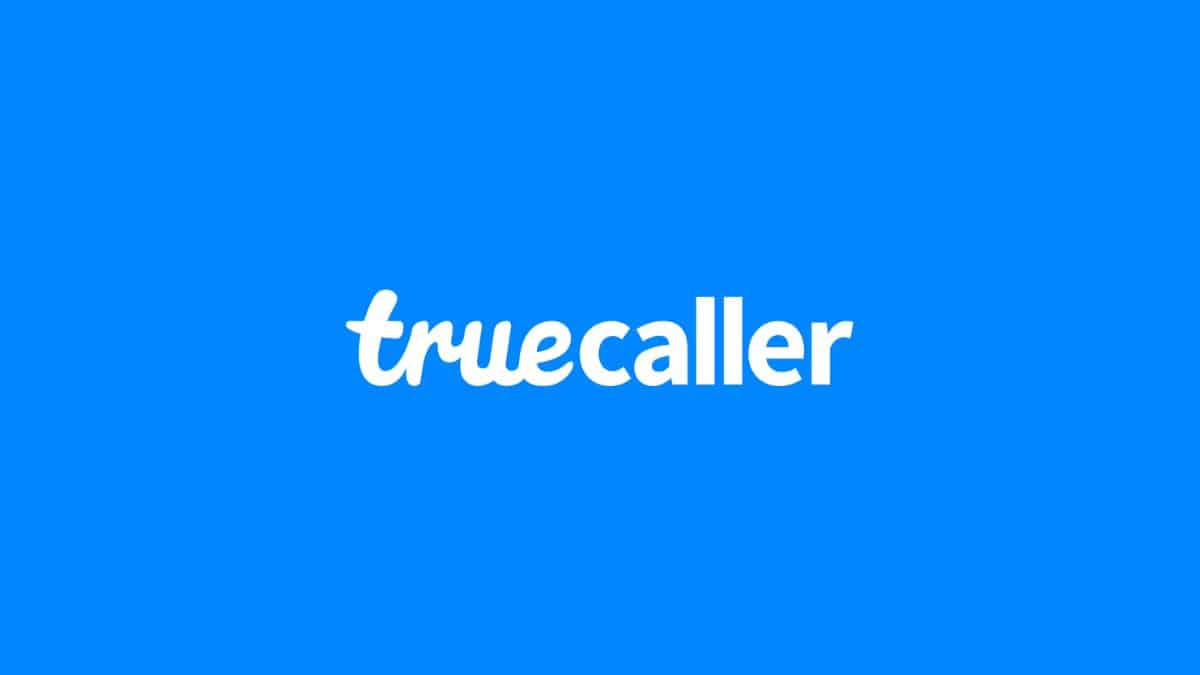HIGHLIGHTS
- Introduction about the Truecaller.
- This article covers the Key Features and Comparison of Truecaller on iOS vs Android.
- Truecaller gold vs premium.

Truecaller app has since its creation turned into something that millions of people across the world cannot do without as it is a caller identification, spam calls and contacts management services app. Like with many hipster applications the general feel of the application is vastly dissimilar depending from whether the consumer is using an Apple or an Android operating system gadget. Hence, in this article, I will be discussing Truecaller iOS and Android both by starting with the basic working and appearance then the themed appearances and the privacy settings. Here, let me enhance the knowledge, in which case if you are long time user of Truecaller or you are thinking to install this application, which of these two applications is suitable for you.
Table of Contents
Introduction
Truecaller is one of the most widely used applications by millions of people around the world, and with whom they formerly did not know, the application is designed to identify unknown persons and filter out unwanted calls. This app has changed the times people interact through phone calls providing them with a safer way to organize their communication. Being one of the most frequently downloaded apps providing caller identification and spam filtering, Truecaller has a very large number of users – this is explained by its popularity and reliability.
The purpose of this blog is to compare Truecaller’s features and performance on two of the most dominant mobile operating systems: iOS and Android operating systems are the most widely used mobile operating systems in the world today. Thus, although there is no difference in the primary functions of the platforms, certain aspects such as usability, customization, and extra options are different. Through these aspects, we want to give the user a complete guide in choosing which of the two platforms to go for if they want the ultimate Truecaller.
Overview of Truecaller
Truecaller is one of the most used applications for caller identification and a spam filter through which a user gets a number of options to manage the phone communications. It is used globally and can be accessed in both the android and the I OS platforms.
General Features of Truecaller
Caller ID and Contact Information:
- Shows the owner of the unknown number, providing their first and last name as wells as other information from the global database.
- It gives details of the call; whether it is from a business, telemarketer or spam number.
Spam Blocking:
- Filters out various calls and messages from different spammers, telemarketers as well as robocalls.
- Keeps the global list on spam numbers that people share with the application or service.
Call Recording:
- Upon request, provides users with a call recording service that allows one to record a call for later use.
Messaging and Chat:
- Contains the communication service for the users to work on sending and receiving SMS, MMS and IM.
- This let’s the users to chat with friends who are also on Truecaller.
Flash Messaging:
- Allows the users to send one of the many pre-constructed messages or Emoticons to their friends without necessarily having to be under an SMS package.
Caller ID for WhatsApp and Other VoIP Services:
- Display the identity of unknown callers in the screen for applications such as whats-app.
Importance of caller ID and spam blocking apps
Enhanced Security and Privacy:
- Caller ID and applications that filter spam calls enable a user to distinguish between a potential scam and a dangerous call that aims at fraud and identity theft.
Increased Productivity:
- These applications minimize distractions, and enable the users to tend to a particular task without interruption through blocking out undesired calls and messages.
Peace of Mind:
- They can pick their calls knowing fully well they would not receive those irritating calls from spammers/scammers.
Better Call Management:
- Such apps claim to offer more and richer information about a caller, thus assists a user to better organize his call log and contacts.
Convenience:
- Indeed, Caller ID and spam applications enhance the process of communication, allowing people to get connected with only genuine people.
iOS User Interface and Experience
Design:
- The aesthetic slick, bare and pervasive across all devices influenced by Apple’s Human Interface Guidelines.
Navigation:
- The navigation style is gesture based and easy to use with a home screen which can be customized using widgets.
User Feedback and Reviews
Feedback from Users:
- Its smooth performance, regular updates and good security features have received a lot of praise.
Reviews:
- While some people note its premium feel and reliability, others say that it does not offer enough customization or file management options.
User Interface and Experience in Android
Design:
- It has different manufacturer skins that make it highly customizable with different designs; uses Material Design.
Navigation:
- The notification shade is versatile while the navigation could be either through gestures or three-button alternatives.
User Feedback and Reviews:
Feedback from Users:
- The appreciation for customization as well as variety stems from the fact of being flexible in terms of device-usage as well as app usage.
Reviews:
- It’s also been lauded for its versatility and Google integration but criticized for fragmentation and slower updates.
Key Features Comparison
Caller ID and Spam Blocking
iOS:
- The caller ID built into Apple’s software gives it the ability to block spam. One drawback is that third-party apps cannot be integrated as extensively.
Android:
- There is a built-in feature which identifies callers, blocks spams, and can also be used by third parties. However, some aspects vary depending on individual manufacturers and carriers.
Contacts and Dialer Integration
iOS:
- Native contacts and dialer come inbuilt with iOS making them highly synchronized with iCloud or third-party platforms like Gmail.
Android:
- It has been fully integrated with Google Contacts through its dialer app; one may opt for other contact & dialing applications in the app store.
Messaging and SMS Filtering
iOS:
- “iMessage” combines support for simple SMS messages with efficient junk mail filtering facilities. Moreover, it is possible to rely on different spam filters created by third parties. This makes any message sent available across all Apple devices.
Android:
- Manufacturer messaging apps (Google Messages) or even other Apps help users fight against spam; RCS supports more advanced messaging like emojis among others.
- Call Recording
iOS:
- Hardly available; typically this option is blocked because of privacy reasons. Despite workarounds offered by some external tools, very few features are provided therein.
Android:
- Its availability depends upon device versions, region etc.; however some phones have direct call recording while others will need an application from the Play Store.
Performance and Reliability
iOS:
- Speed and Reliability: It is fast generally, stable, made for Apple’s hardware.
- Battery Consumption: Efficient, but varies with usage and apps.
Android:
- Speed and Reliability: Its performance varies from device to device depending on the manufacturer; mostly good though sometimes it can be unreliable.
- Battery Consumption: Can be higher, depending on the device and usage.
Privacy and Security
iOS:
- Data Privacy Measures: There are strict privacy controls, regularly updated, encrypted data storage.
- App Permissions and Control: Specific permissions managing; background access limited.
Android:
- Data Privacy Measures: Good privacy features but differs by devices; regular updates are vital.
- App Permissions and Control: Wider range of permissions control; more access is asked by applications most of the time.
Updates and Support
iOS:
- Frequency of Updates: Regularly provided including consistent support for older devices as well.
- Customer Support and Responsiveness: Very good support which includes direct access to Apple services.
Android:
- Frequency of Updates: This may vary among manufacturers or carriers whereby there may be not much consistency in general terms.
- Customer Support and Responsiveness: Varies widely; depends on device manufacturer and carrier.
Pros and Cons Summary
iOS Pros:
- Integrated into the Apple Ecosystem: A seamless connection to other Apple devices like Macs, iPads and Apple Watches.
- Privacy Controls: Robust privacy options that include app tracking transparency and data protection.
iOS Cons:
- Lack of Features: Generally fewer customization options and some features compared to Android.
Android Pros:
- More Functionality and Customizability: Wide-ranging customization alternatives, widgets and a wider spectrum of features.
- Better Incorporation with Google’s Ecosystem: Seamless integration with Google services and apps.
Android Cons:
- Possibly Higher Battery Usage: Some Android phones may have higher power consumption due to more background processes and features.
Truecaller gold vs premium
Truecaller Gold:
- Caller ID & Spam Blocking: Better caller ID and spam protection.
- Advanced Features: Use advanced features like seeing who looked at your profile.
- No Ads: Experience without ads.
- Personalization: Change your caller ID with a Gold badge.
- Priority Support: Get priority support.
Truecaller Premium:
- Caller ID & Spam Blocking: Regular caller ID and spam protection.
- Ad-Free Experience: Use the app without ads.
- Profile Insights: Check who viewed your profile.
- Call Recording: Record calls (may not work everywhere).
- Message Translation: Turn messages into your favorite language.
- Extended Contact Details: See more info about contacts.
Conclusion:
On Android, Truecaller comes with more features and works more with the system. It lets you do things like record calls and change lots of settings. The iPhone version is simpler and safer, but it can’t do as much because of Apple’s rules. It doesn’t have as many features and doesn’t connect as well with the phone’s system. So, if you want lots of features and options to make changes, Android is better for you. But if you care more about safety, a simple look, and strong privacy settings, you should go with an iPhone.
FAQs
Can Truecaller be used on two devices with the same number?
yes – as long as Truecaller has certain permissions and is active on both phones you’re talking about. Having an active network on the devices is what matters.
Is Truecaller Voice free?
Truecaller makes communication a breeze. This one app lets you identify calls, send messages, and now make free internet calls with Truecaller Voice!


